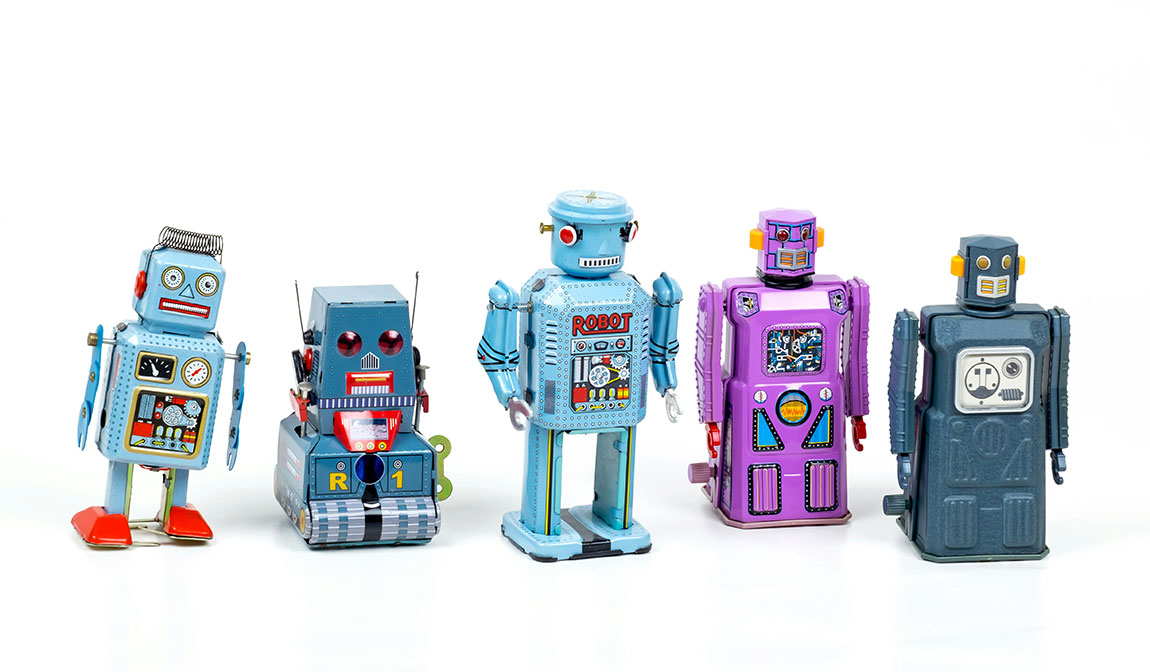Are Electronic Toys Educational?
Plastic “brightly coloured, flashing lights, push button, pop up, talking and singing toys” are cleverly marketed as “educational” and “stimulating”. Have a look at the claims on the box, consider how your child will interact with the toy and ask yourself ARE ELECTRONIC TOYS EDUCATIONAL?
These whizz bang toys look exciting to adults, but really all they do is amuse your child, not allow your child to learn and develop through play. A recent study has revealed that ELECTRONIC TOYS CAN ACTUALLY DECREASE YOUR CHILD’S LANGUAGE DEVELOPMENT! . What they discovered is that parents responded less to their child when playing with electronic toys and baby’s tended to babble less.
Consider some of these things when choosing electronic toys:
- OVER STIMULATION – Childhood education specialists agree that there are too many things happening at once with Electronic Toys. This over stimulation causes children to suffer from sensory overload, making them easily distracted which can lead to concentration problems.
- CAUSE & EFFECT – Push the button and the music comes on. Push another button and singing starts. This can delight children, especially when they manage to push the button themselves. The problem is that EVERY time they push the buttons the toy does the same thing. Once they have “learned” everything the toy does, they are just being amused by the toy, not challenged or stimulated.
- THE TOY DOES THE TALKING – As the toy makes all the sound, children and parents tend to talk less when playing than they do with traditional toys. Children are exposed to less language as they are being entertained by the toy, not interacting with the toy.
- WHERE’S THE IMAGINATION? – It’s great fun to watch what happens with electronic toys. It’s not so much fun when the toy reacts the same way every time.
What Sort Of Toys Should I Be Considering?
- Mobiles and early learning toys should be simple and visually appealing without having too many features. Try to select toys that allow your child to concentrate on one thing at a time, move things around, mix and match with other toys or things in their environment.
- Choose toys that are age appropriate and challenge your child.
- Early music toys and rattles, roll along or push along toys, simple open the flap toys and books are also fantastic choices.
- A set of blocks can make everything from a house to a zoo, the shopping centre to a school – the only limit is your child’s imagination.
- Include some quality people, farm animals, zoo animals or safari animals to your child’s set of blocks and see what they design.
- Cars, planes, trains and transport can help everyone to get around. Maybe you could make a car wash, petrol station or train station with the blocks.
- Any pretend play items that allow your child to experience things they see in everyday life. Wooden saucepans, tea sets, pretend kitchens, tools and tool benches, doll houses, cash registers and shop items are ideal choices.
Buying toys isn’t easy, especially with all the fancy marketing hype that surrounds many of these toys. I encourage you to choose a few quality well designed items that allow your child to be in control, don’t let the toy control your child. Consider how many different ways the toy can be used, what other toys will complement it and what your child can do with the toy.
Don’t let the toy do all the work!
Please let me know if you would like any assistance with your selections, or if I can help in any way.

http://www.huffingtonpost.com/fran-lasker/are-you-buying-toys-that-_b_916957.html

